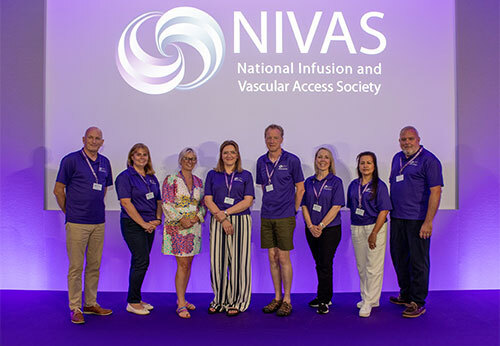Vascular access for breast cancer chemotherapy
"eliable venous access is critical for breast cancer chemotherapy, yet the optimal choice between peripherally inserted central catheters (PICC) and implantable port catheters (IPC) remains unclear. This meta-analysis compares complication risks associated with these devices in patients with breast cancer" Chen et al (2025).









